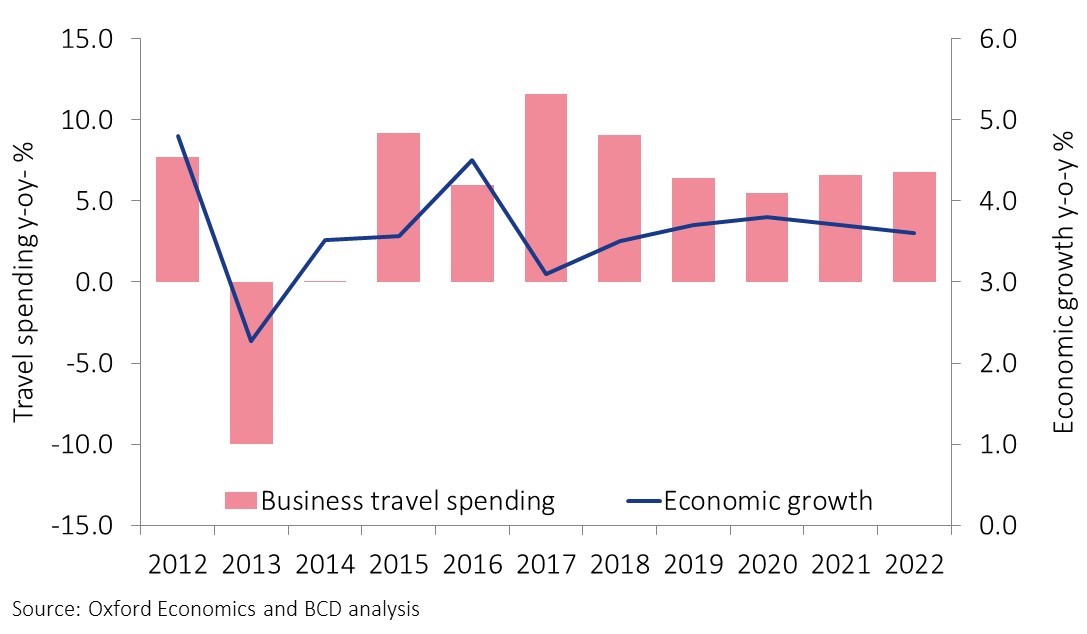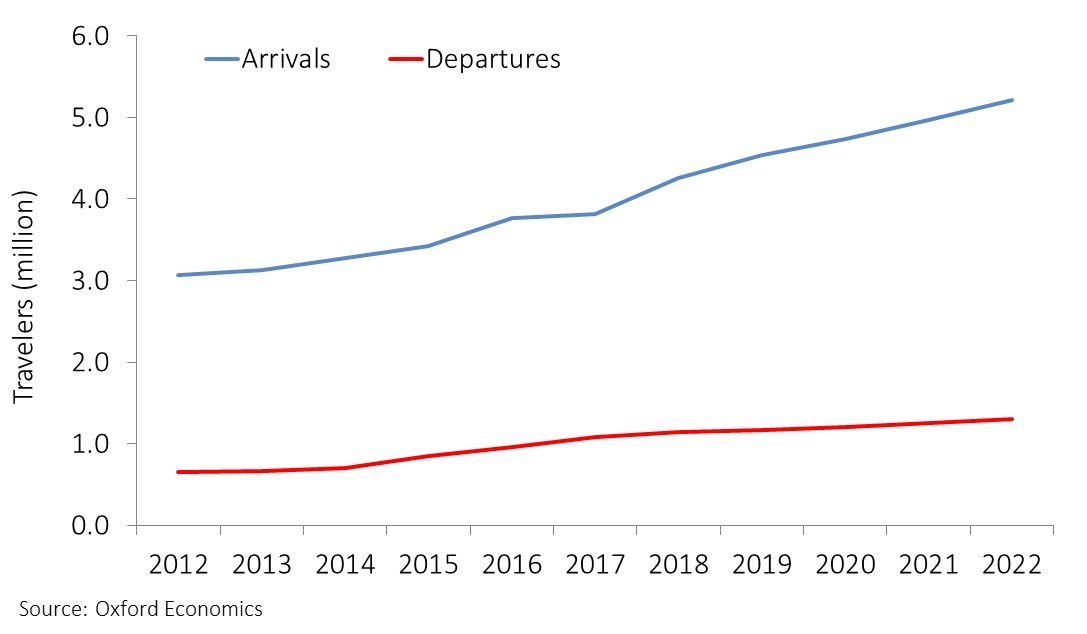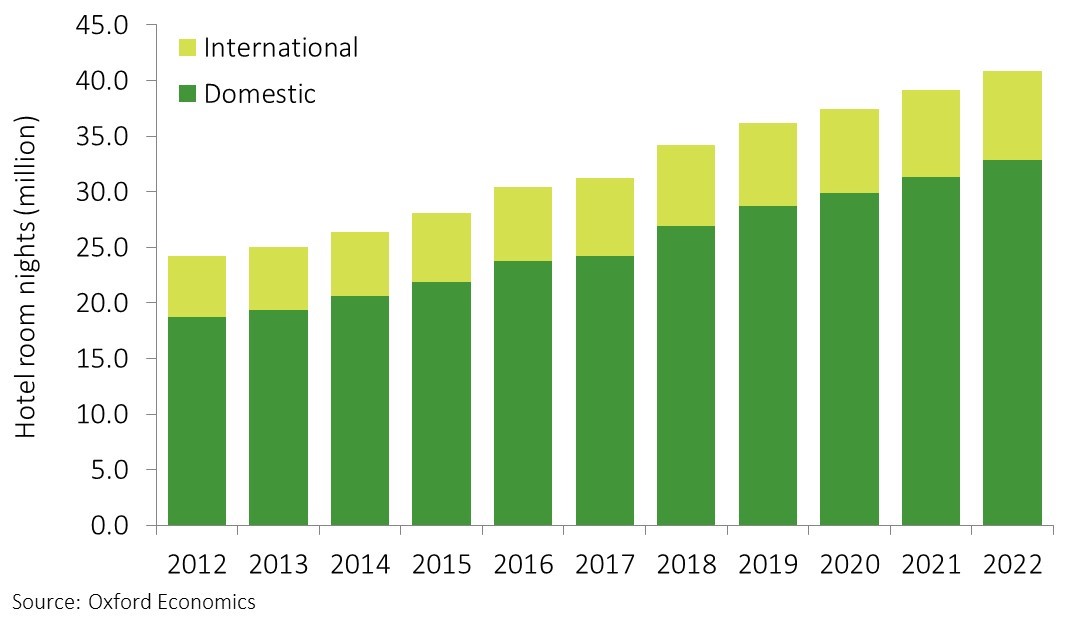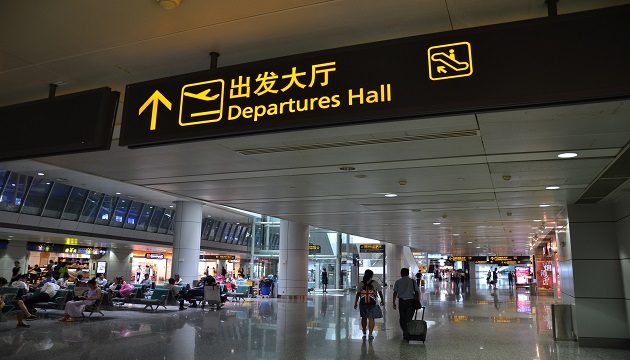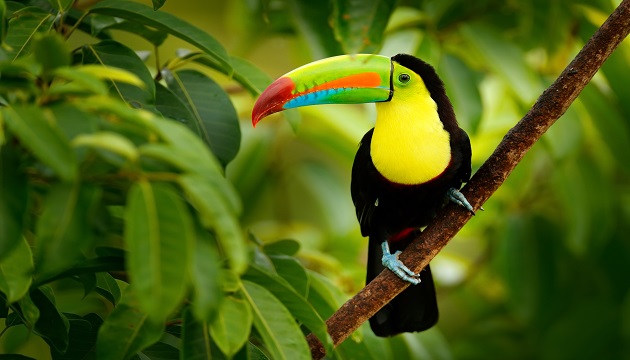
Costa Rica at a glance
Business travel spending is forecast to grow 7% through 2022.
Business travel spending to, from and within Costa Rica was US$2 billion in 2017, with inbound travel making up 41% of that amount, according to BCD Travel analysis of Tourism Economics data. About a third of the spending was from domestic travel; trips abroad by Costa Ricans accounted for 28%. Between 2012 and 2017, business travel spending grew an average of 3% a year. But that overall figure disguises the strength of outbound business trips, which saw spending expand by more than 13% per year over that period. The country recently opened its first convention center—one of the factors expected to push spending by both domestic and international business travelers to 7% annual growth through 2022.
Economic environment
Economic growth and business travel spending
Click on image to enlarge
- With a gross domestic product of US$58 billion in 2017, Costa Rica is Central America’s third-largest economy after Guatemala and Panama, according to International Monetary Fund data.
- It’s one of the region’s wealthiest countries with a per-capita GDP of $11,685. Only Panama’s per-capita GDP of US$15,100 is higher in Central America. Costa Rica ranks ahead of Russia and Turkey on the IMF’s global wealth rankings.
- Economic growth slowed to 3.1% in 2017, from 4.5% in 2016, as natural disasters, a depreciating currency and rising interest rates took their toll. Growth is forecast pick up modestly in 2018, rising to 3.5% and remaining close to this level through 2022, according to Oxford Economics.
- The government, led by recently elected President Carlos Alvarado, is considering cuts to public spending at a time when consumer spending is slowing in response to rising inflation. This presents a risk to the country’s economic outlook.
Air
International travel
Click on image to enlarge
- Travelers from abroad made almost 5 million journeys to and from Costa Rica in 2017. The number of trips by international travelers has grown 6% per year since 2012 and is expected to show similar growth through 2022.
- Trips made by Costa Ricans have increased almost 11% per year since 2012 and now account for nearly a quarter of all journeys.
- The U.S. is Costa Rica’s largest inbound travel market with a 41% share of arrivals in 2017. It’s also the most popular destination for Costa Rican travelers, but Nicaragua is catching up.
- Flights out of capital city San Jose are dominated by foreign carriers, with Panama’s Copa Airlines and Colombian carrier Avianca in the lead.
- Mexican low-cost carrier Volaris launched a Costa Rican operation at the end of 2016. With flights to Guatemala City, San Salvador, Managua, three points in Mexico and new U.S. services to Los Angeles, New York and Washington, D.C., Volaris Costa Rica already accounts for 7% of the departures from San Jose.
Accommodation
Hotel demand
Click on image to enlarge
- Hotel demand increased by almost 30% between 2012 and 2017. International travelers account for 78% of the demand.
- Travelers from the U.S. made up 30% of international demand for hotel accommodation in 2017.
- Despite this demand, the number of chain hotels operating in Costa Rica has changed little since 2014.
- Marriott is the largest chain in the market with 11 hotels—mostly higher-tier properties. More than half of Marriott’s hotels are in San Jose.
- Best Western holds the No. 2 spot with midscale accommodation in several areas, including Liberia and the resorts of Jaco, Perez Zeledon, Quepos and Tamarindo.
- Hilton plans to open one new hotel in Costa Rica each year from 2019 to 2021.
